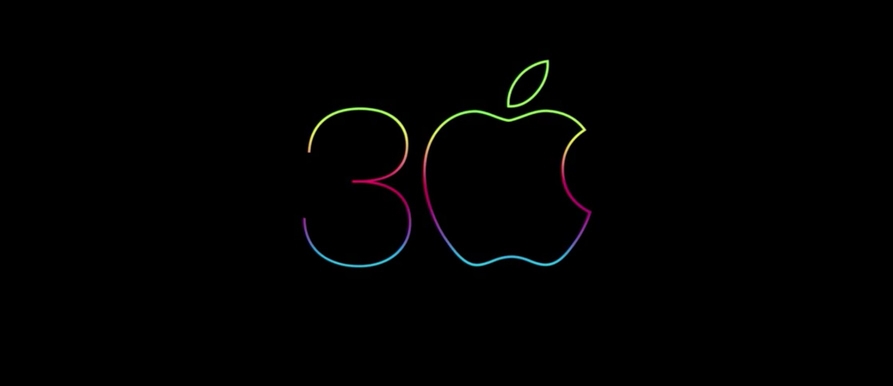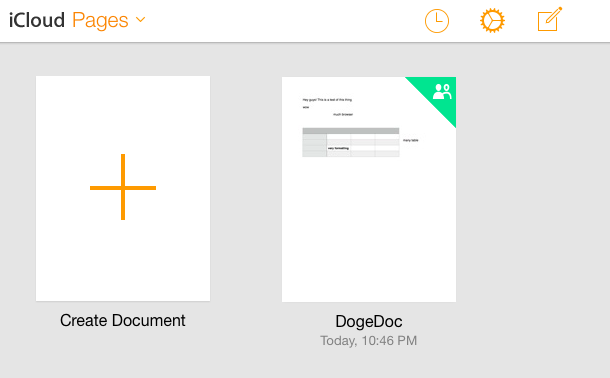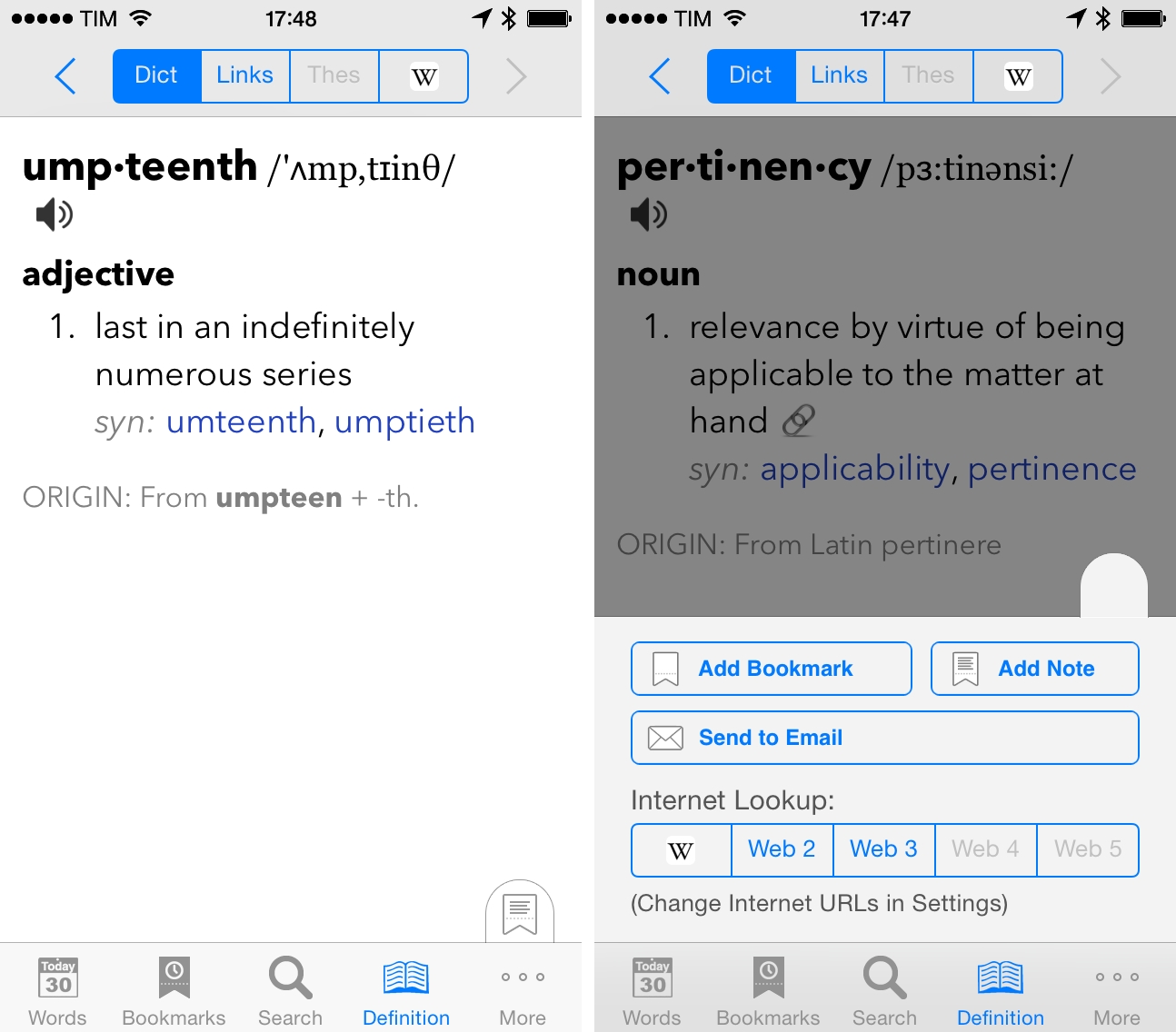To celebrate 30 years since the introduction of the original Macintosh (January 24, 1984), Apple has launched a special webpage and released a commemorative video focused on the impact that the Mac had on modern technology.
Thirty years ago, Apple introduced the Macintosh with the promise to put the creative power of technology in everyone’s hands. It launched a generation of innovators who continue to change the world. This 30‑year timeline celebrates some of those pioneers and the profound impact they’ve made.
In the video, Apple shows musicians, designers, photographers, teachers, scientists, and other users who, with the Mac, have been able to be more creative, more productive, and more satisfied with computers thanks to the Mac’s constant evolution and refinement. In an interview with Macworld published yesterday, Apple’s Phil Schiller and Craig Federighi shared their thoughts on rumors of “convergence” of iOS and OS X and stated how, because of its nature and design, the Mac “keeps going forever”.
Apple’s special 30 Years site features beautiful photography and special icons for old Macintosh models displayed in a scrollable timeline at the bottom. Each Mac model has an associated story of how it was used – for instance, Apple talked to Moby, the Miller brothers (creators of Myst), and educators, among others, about the role that the Mac had in their lives.
Apple’s mini-site focuses on people and their stories rather than computer specs. In the timeline, the only product-only preview photos are the original Macintosh (where there are photos of Jobs and part of the original Macintosh team) from 1984 and the latest Mac Pro, displayed in 2014 (even though it was technically released in 2013). Apple is also allowing readers to answer questions to a poll about their first Mac, with results displayed in each model’s page under a “What people did with it” section. Unsurprisingly, Apple chose to celebrate human creativity instead of advancements in technology, which has been a common theme in the company’s campaigns lately. The 30 Years site is exceptionally well done.
As reported by 9to5Mac, Apple is also celebrating 30 Years of Mac with special window displays at its retail stores. As part of Apple’s press tour for the Mac’s anniversary, ABC’s David Muir interviewed Tim Cook, Craig Federighi, and Bud Tribble; the full interview will air tonight, and a first excerpt is available here.




